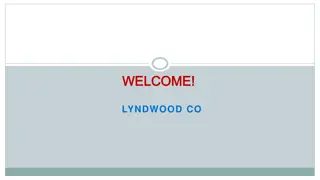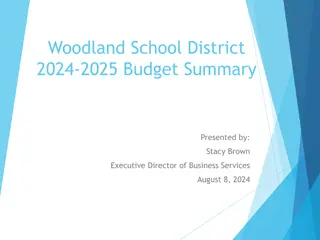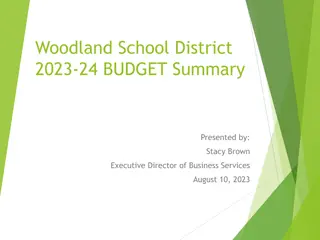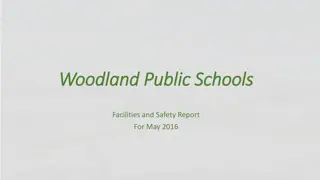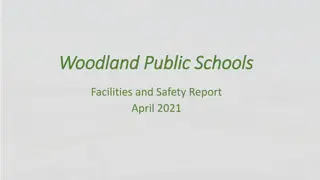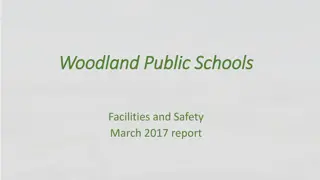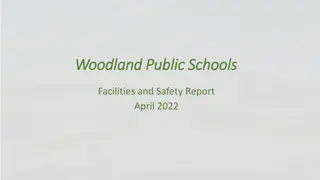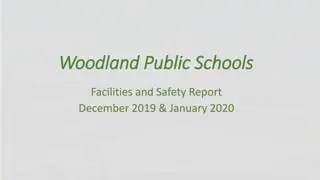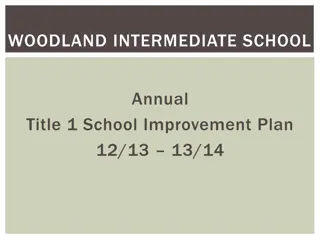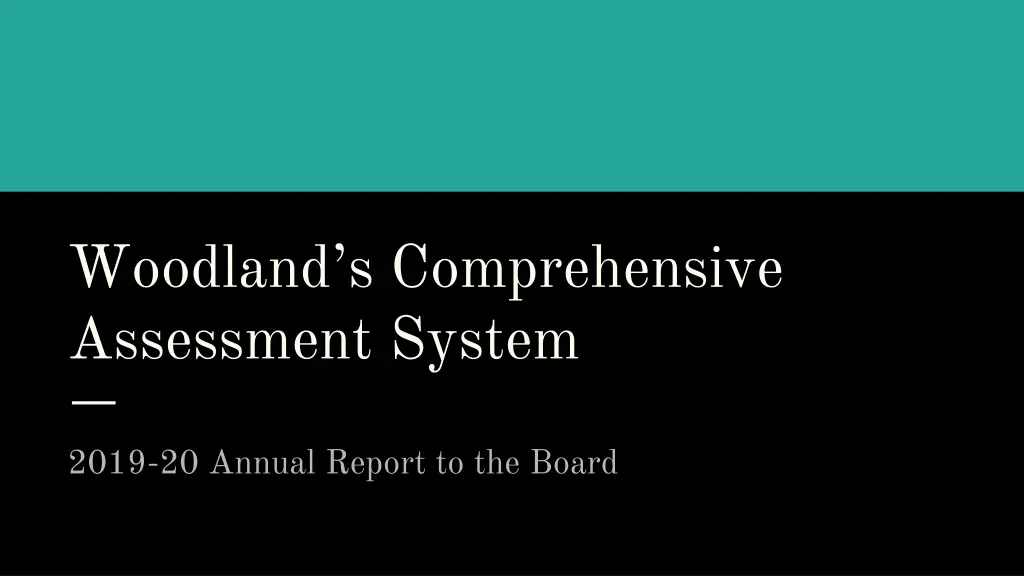
Woodlands Comprehensive Assessment System Overview
Explore Woodlands Comprehensive Assessment System for the 2019-20 annual report to the board. Understand the types of assessments used, data utilization methods, and the district's approach to analyzing data for school improvement. Dive into how various assessments, including cognitive ability tests and diagnostic assessments, contribute to monitoring student learning and program efficacy.
Download Presentation

Please find below an Image/Link to download the presentation.
The content on the website is provided AS IS for your information and personal use only. It may not be sold, licensed, or shared on other websites without obtaining consent from the author. If you encounter any issues during the download, it is possible that the publisher has removed the file from their server.
You are allowed to download the files provided on this website for personal or commercial use, subject to the condition that they are used lawfully. All files are the property of their respective owners.
The content on the website is provided AS IS for your information and personal use only. It may not be sold, licensed, or shared on other websites without obtaining consent from the author.
E N D
Presentation Transcript
Woodlands Comprehensive Assessment System 2019-20 Annual Report to the Board
Policy 2090 Board policy 2090 indicates that we will complete an annual review assessment processes and procedures to determine if the purposes of the evaluation program are being accomplished. This overview will provide a description of Woodland s comprehensive assessment system and how we use data from these assessments to monitor programs and student learning.
Types of Assessment Assessments that help identify students current knowledge of a subject, their skill sets and capabilities, and to clarify misconceptions before teaching takes place. Washington Kindergarten Inventory of Developing Skills Acadience I-Ready Cognitive Ability Tests (CogAT) Diagnostic Assessments that provide feedback and information during the instructional process, while learning is taking place, and while learning is occurring. Formative assessment measures student progress but it can also assess the progress of the instructor. Independent Reading Level Assessments (IRLA) Classroom Based Assessments (CBAs) Curriculum Based Assessments Formative Assessments that take place after the learning has been completed and provides information and feedback that sums up the teaching and learning process. Smarter Balanced Assessments (SBA) English Language Proficiency Assessment (ELPA) Washington Comprehensive Assessment of Science (WCAS) Washington Assessments for Students with Cognitive Abilities (WA-AIM) Common Assessments (Finals) Summative Intelligence Tests Behavior Inventories Dyslexia Screeners Special Education Tools Cognitive Ability Tests (CogAT) Behavior Assessment for Children (BASC) Acadience Woodcock Johnson Wechsler Intelligence Scale for Children (WISC) Other
Types of Data Use Results help teachers make informed decisions about whole class, small group, and individual instruction. The data offers teachers actionable information they can use to design instruction. If particular students demonstrate deficiencies or weak growth, teams work together to discuss interventions and supports that will ensure each student meets end of grade targets. Diagnostic Results are used to inform teachers, students, and parents of student progress over the course of the year. These results are typically reported to parents in report cards or grades. Teachers also use the results to make instructional decisions, including where reteaching is required to ensure student achievement. Formative Summative Results are used to evaluate whether students have learned what they are expected to learn, hold educators accountable for results identify gaps in student learning and academic progress, identify achievement gaps among student groups, and to determine whether educational policies are working as intended. Results are often used to help determine if a student is performing up to or beyond their ability. If a student s ability widely differs from their demonstrated performance individualized goals are set and specialized instruction is designed to close that gap. Often these goals and plans are outlined in a student s Individual Educational Plan. Other
District Use of Data School Analysis: Building wide, grade level, and leadership team review of data to determine building goals for school improvement. Classroom Analysis: Teachers, coaches, interventionists and principals review of data to determine effectiveness of instruction, effectiveness of curriculum, and whether specific interventions need to be implemented. Student Growth Goal determinations are also made. Specific Student Achievement Analysis: The intent of testing is to determine a student s skills and knowledge to ensure achievement of grade level standards. It is important to remember that a score on each test is only a snapshot of a student s performance. Overall academic performance should always be taken into account, not a single test score.
Adjustments Our policy also states specifically, the district will adjust its curriculum if student performance indicates the district's students need assistance in identified areas. As a result of assessment analysis the following changes have taken place for the 2019-20 school year. LETRs training - Developing teacher expertise in literacy development. New Math Curriculum - Implementation of Ready Math in K-4 New Assessment Tool - Acadience




